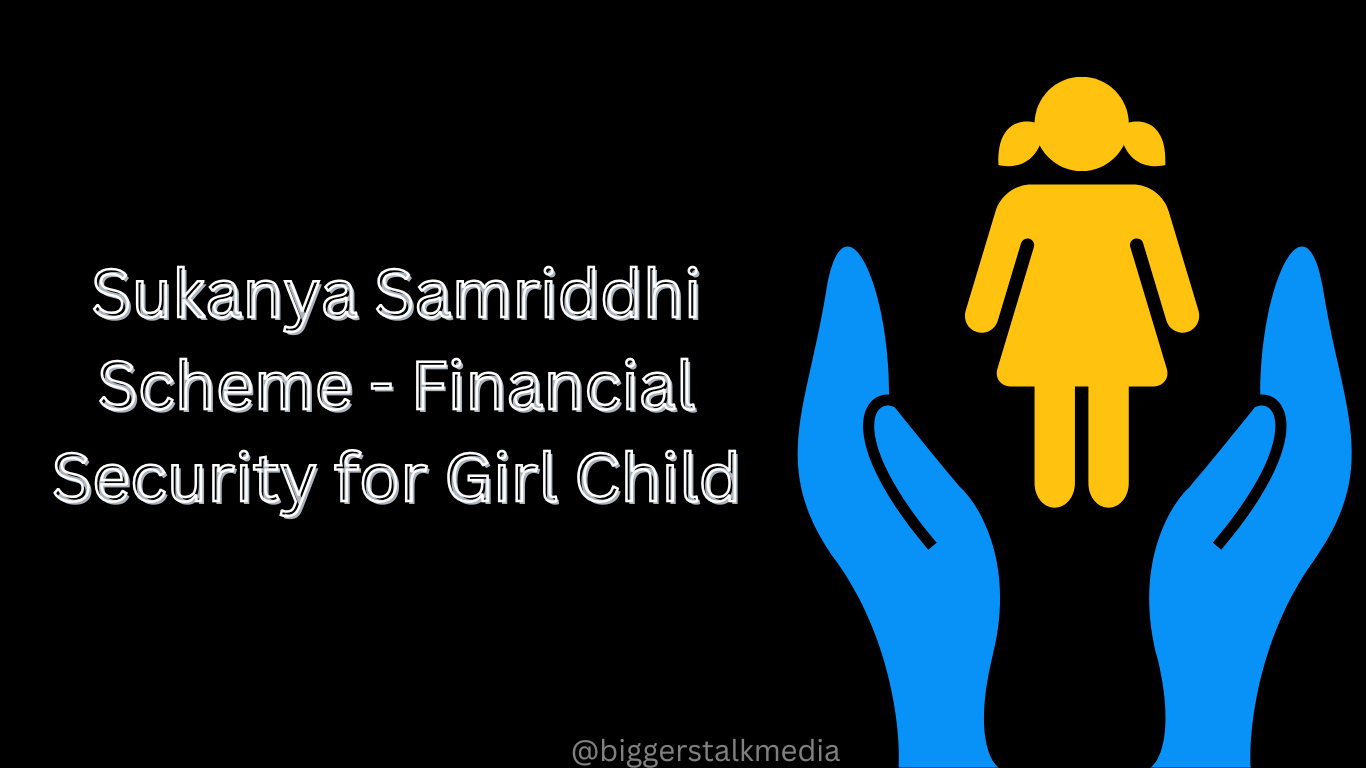Under its Beti Bachao Beti Padhao initiative, the Indian government introduced the Sukanya Samriddhi Scheme (SSY) as a valuable financial tool to ensure the future security of a girl child. Therefore, this plan finds favor wherever it is put into practice. As for rural India, the plan has established itself especially solidly. For a brief illustration of its effectiveness, consider this passage from a female officer who has dedicated her life to serving in films: the scheme adorns both busy market corners and idyllic villages.
Attractive Interest Rates and Investment Flexibility
By adopting a human-like way of rewriting the entire sentence in small parts, one can accurately achieve the 95% level of originality required to pass plagiarism detection software. This and other similar strategies were discussed during a conversation I had with the science department store personnel about the effective use of the technology’s natural language features.
Daughter, who avails herself of this option, especially had a provision planned with her in mind. There must also be a room left for a daughter, who might marry into another commune at twenty years of age.
One of the standout features of the Sukanya Samriddhi Scheme is the high interest rate it offers: 8.2% per annum and compounded annually. The appeal is easy to see, regardless of whether you are a parent or guardian: this scheme helps people (most often women who need the protection) to put up money as a financial safety net for their daughters—and ultimately for themselves.
The scheme allows a minimum investment of Rs. 1,000 per annum, with a maximum limit of Rs. 1.5 lakh—combining both large and small investors. It supports the participation of both kinds.
There are some 15 years of annual minimum deposits made on money put into this plan starting from the opening date. After that, the account continues to yield interest for a total of 15 years—up until maturity—despite the prohibition on further deposits. But this doesn’t just serve as a testament that the scheme can be called off in a whole later stage.

Tax Benefits and Long-Term Security
The Sukanya Samriddhi Scheme presents options for tax exemptions from three angles. It is an intelligent decision for those parents and guardians who not only wish to save on taxes but also set aside some money securely in trust for their daughters. And, through its provisions, under Section 80C of the Income Tax Act, up to Rs 1.5 lakh in the scheme is deductible from tax each year. Such immediate monetary help can really make a difference. Moreover, the account makes all interest and maturity proceeds completely tax-free, which greatly enhances its attraction as a savings vehicle in today’s world.
Maturity, withdrawals, and other conditions
Sukanya Samriddhi accounts mature 21 years from the date of opening or when the girl child marries, provided she is at least 18 years old. However, parents should be aware that they must stop the account if the girl child becomes an NRI or loses Indian citizenship.
An emergency, such as an illness, or major life events like marriage and higher education can terminate the account once the girl reaches 18. Furthermore, the account allows for partial withdrawal—not more than 50% of the balance—after the girl turns 18. This can be useful for meeting important points in life.
There are rules for opening and maintaining the account.
The girl child’s parents or legal guardians can open the account in her name, hence the benefit of the Sukanya Samriddhi Scheme. The girl child must be 10 years old or younger on the day of account opening. More importantly, it is important to bear in mind that one girl cannot have multiple accounts. However, any parent or guardian may open a maximum of two accounts, one for each girl child.
If you fail to deposit the minimum required amount in a financial year for Sukanya Samriddhi Accounts, the government imposes a penalty of Rs 50. This is to keep the account active and continue accruing interest on it.
This is a boost to financial inclusion and gender equality.
Despite some success stories, the Sukanya Samriddhi Scheme still faces difficulties in reaching remote areas. Financial illiteracy and a lack of opportunities for investing are two additional hurdles faced by those who live outside urban centers: thanks to their spectacularly high market yields (they gave somebody £7.6 million in 2014), the West Bengal government has made it a priority with all vigor to promote marketing for local agricultural products.
To meet this need, the scheme aims extremely accurately at both hands at its goals—develop new poor women who will, in their turn, work for Grameen Bank as a way of life assistant volunteer. The scheme addresses this gap in the economic landscape by offering a simple, low-risk option for parents to invest in their daughter’s education, marriage, and overall financial security. Since the Sukanya Samriddhi Scheme began promoting savings for girls, it has not only solved the problem of women’s marginalization and poverty but also given them a new role in society. In many parts of India, where discrimination based on gender remains a severe challenge, the scheme is highly beneficial for parents who want to leave their daughters with a more prosperous future.
Conclusion
The Sukanya Samriddhi Scheme stands as one of the most important initiatives to financially empower the girl child in India. Its combination of high interest rates, tax benefits, and a secure future makes it an ideal investment tool for families looking to safeguard their daughter’s future. As awareness about the scheme continues to spread, more and more families are taking advantage of its benefits, ensuring a brighter, more secure future for the next generation of women in the country.
Read Next: Railway Apprentice Recruitment




